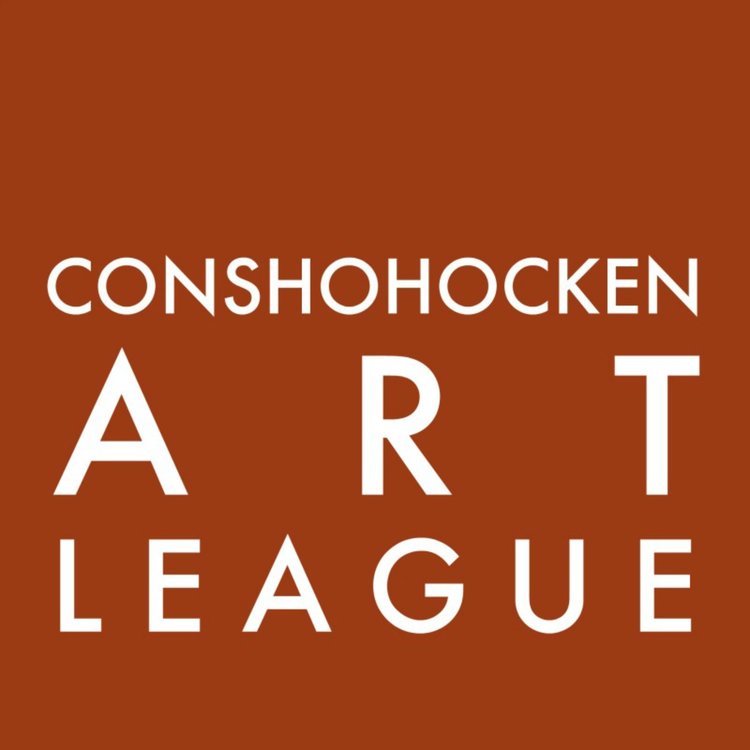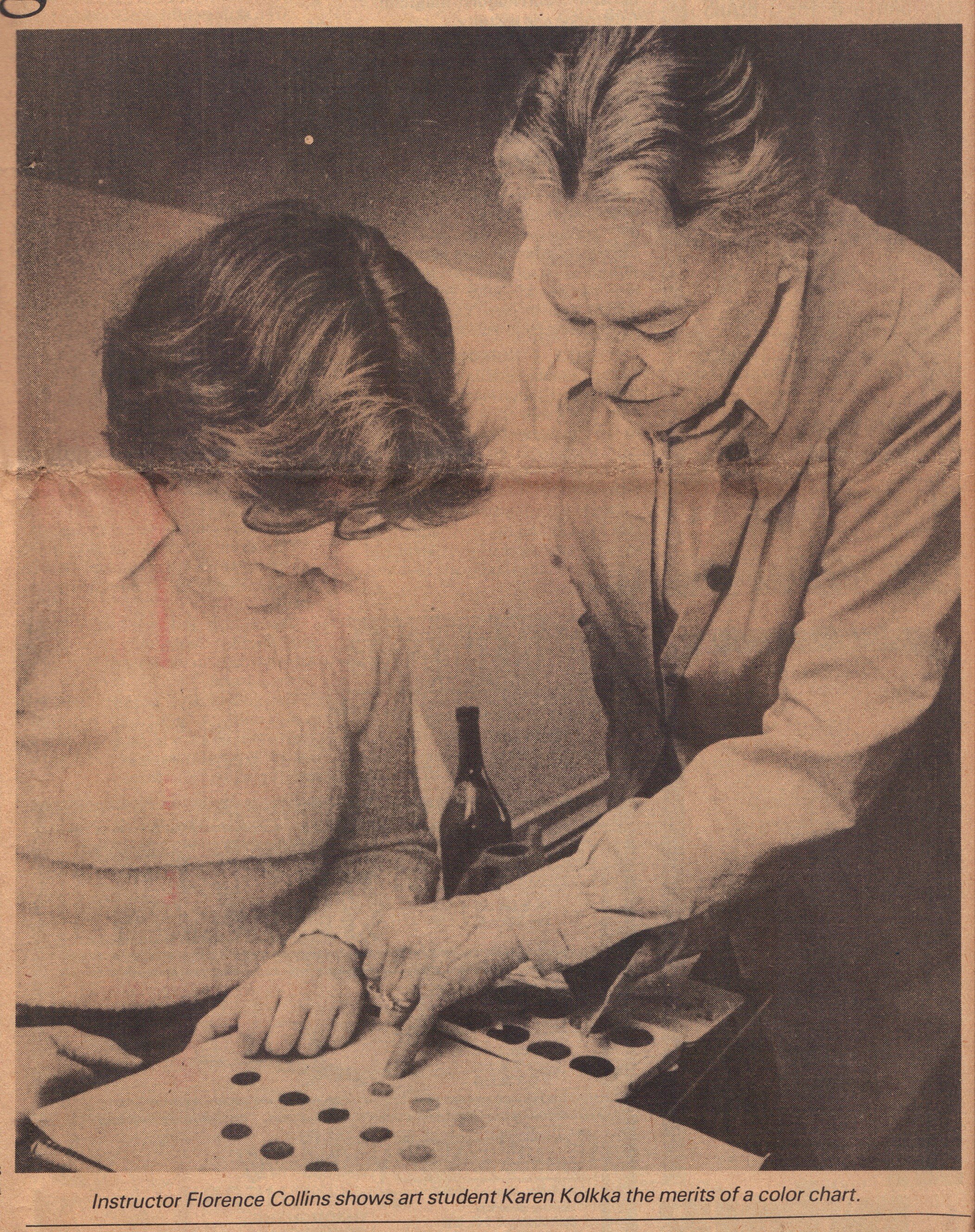History
Mary Wood Park House, ca.1876
What exists today as the borough of Conshohocken was initially settled on the ground historically inhabited by the Native American people known as Lenape, the Lenape-Delaware name Gueno-sheiki-hacking or Kanshihaking (Conshohocken) meaning "pleasant valley". With the Lenape, the earliest Dutch settlers' interests were agricultural in nature, with large areas above the river devoted to farming the large fertile pastures. Its current main street (Fayette Street/ Butler Pike) and bridge were once a dirt road and shallow ford, their routes playing a crucial role especially in the Revolutionary War (and later, the Underground Railroad). The newly renovated industrial buildings which today frame Conshohocken’s Schuylkill River once employed the majority of the borough’s earliest residents, immigrants of predominantly European descent.
The Conshohocken Art League evolved shortly after Mary H. Wood, widow of Alan Wood, Jr. bequeathed her home and property to the borough of Conshohocken in 1918. Bordered by Fifth and Harry, Sixth and Hallowell, the beautifully landscaped Wood property was set aside as a “public park or playground for the recreation and enjoyment of the public”. That open space quickly became an outdoor hub of the community, attracting residents to musical concerts and outdoor family events to the newly titled Mary H. Wood Park. The house itself --the Mary Wood Park House-- provided its community a much needed outlet for art education and artistic social interaction. On October 29, 1923, the Conshohocken Art League was officially launched in the Mary Wood Park House, providing members the opportunity to initiate and pursue interest in the traditional fine arts, through classes and visiting artist programs.
Membership tripled in years to follow, as classes taught by professional artists were offered to the adult community. The junior/teen classes began in 1927, for “seriously motivated” young artists. Early CAL programs featured major noted Philadelphia area artists’ presentations in Conshohocken, including Violet Oakley, Samuel Fleisher, Henry Pitz and Walter Condit. Affiliations with the Pennsylvania Academy of the Fine Arts, The Philadelphia Museum of Art, The Philadelphia Sketch Club, The Plastic Club, the Barnes Foundation and the Samuel Fleisher Memorial Foundation ensued (CAL’s most recent presentations have featured artists Joe Winter, Kathy Winter, Jim Victor, Marie Pelton, Chris McDonnell, Moe Brooker, Stanley Bielen, Julie Zahn, Stuart Shils, Mark Bockrath and Christine Lafuente). CAL’s first president, Katherine Langdon Corson, was cousin to Plymouth Meeting’s noted artist, Thomas Hovenden; through the organization of CAL’s successive president Florence R. Collins, Conshohocken hosted the first retrospective exhibition of Thomas and wife Helen Corson Hovenden’s original paintings and prints, in 1966. After WW I, the home itself became a regular meeting place for the Red Cross, the Visiting Nurse Association, the Women’s Club of Conshohocken, Boy Scouts, Girl Scouts and the Conshohocken Rotary Club. Today the Park House hosts several organizations’ meetings in the main meeting room and remains the primary home of the Conshohocken Art League and the Conshohocken Historical Society.
The league’s membership fluctuated in the 98 years since inception; especially during WW II, when gasoline shortages reduced the capacity of teachers and students (in the relatively rural area at the time) to readily attend classes for three years. Another wane was felt in the late seventies, when the major sources of community employment at Alan Wood Steel and Lee Tires shut down, forcing many families to seek work and community involvement elsewhere. CAL survived through the determined attendance of its artists and instructors.
The Conshohocken Art League’s curriculum still supports the 1923 fine arts template of classic composition, value, color theory and gesture, for the beginner or returning student. With its small, intimate classes, CAL’s instructors are able to fully focus on students’ work, in keeping with each student’s specific strengths, medium preferences and individual pace, as some artists might need several weeks to complete one painting/drawing whereas others complete one per class.
CAL’s artists’ collective work is primarily exhibited once or twice a year, advertised in Conshohocken’s websites, CAL’s website and in local newspapers. The Conshohocken Historical Society also hosts a permanent space at the Park House which features donated work of regional artists, accessible by appointment (http://conshohockenhistoricalsociety.myfreesites.net/).




